75 years of Little Carib Theatre on show at Nalis
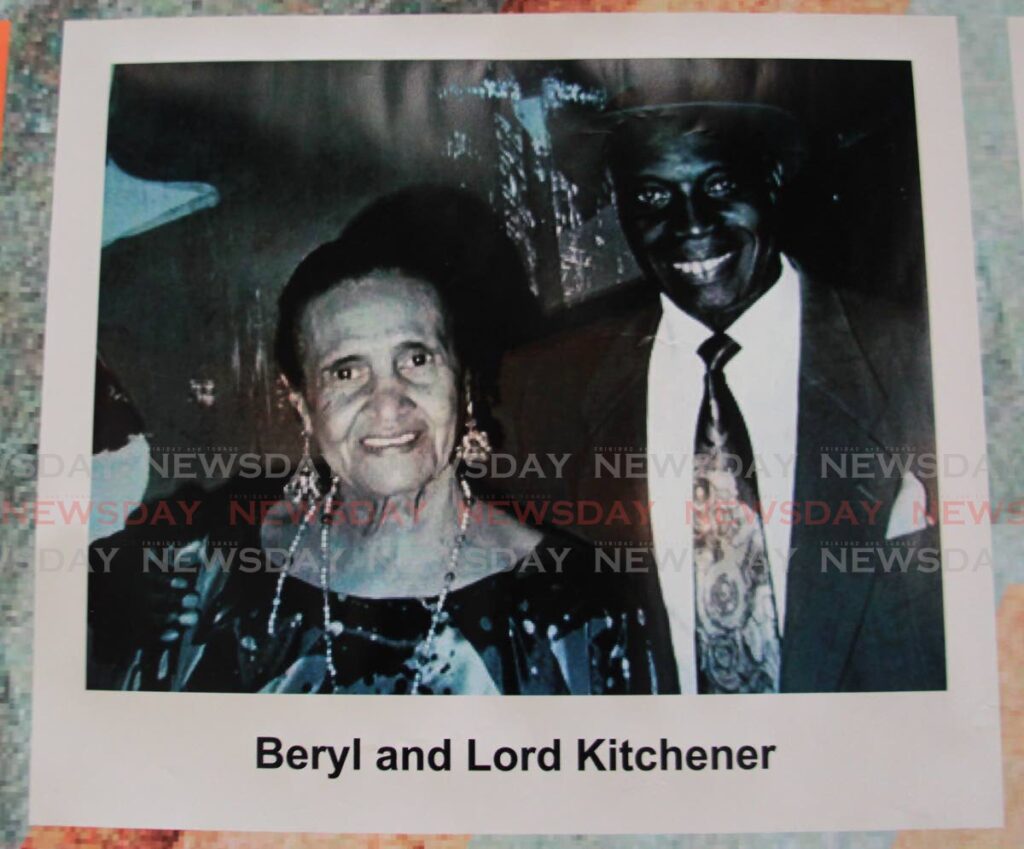
In the month that will mark the 23rd anniversary of Beryl McBurnie’s death (on March 30), there’s an exhibition in the atrium of the National Library to commemorate her most famous and enduring creation, the Little Carib Theatre.

That now elegant and angular edifice on the corner of White and Roberts Street in Woodbrook officially turns 75 this year, although events had been taking place there for longer, in some of its many earlier incarnations. But it was in November 1948 that McBurnie coaxed a friend – the famous American singer Paul Robeson – into laying the cornerstone. Compiled by Sonja Dumas, energetic choreographer and practitioner of several other arts, the exhibition is succinct but fascinating. It incorporates a brief written history of the building and significant events there over the decades. There are also rare archival photos and copies of newspaper clippings about the theatre and performances by the many groups based at the theatre at various times. (Here the indefatigable and indeed obsessive American researcher Ray Funk must be credited for sourcing some of the material, drawn from his huge archive relating to both famous and obscure vintage artefacts, personalities and institutions of this country’s culture.) At the opening on Wednesday, Dumas, the vice chair of the Little Carib’s board, described the theatre as a beacon of the indigenous performing arts.
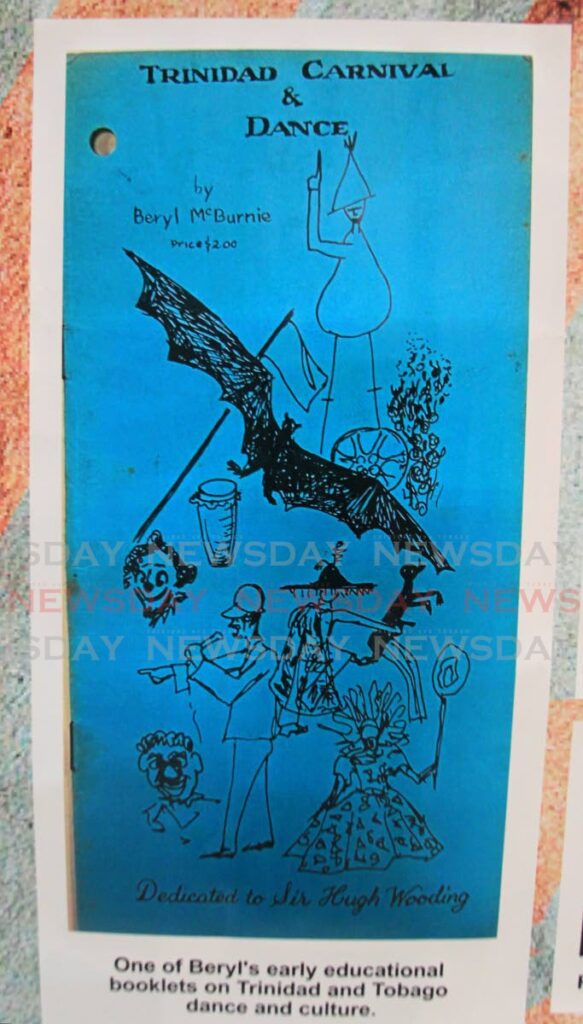
McBurnie started it as a venue for preserving, choreographing and performing local folk dance, which at that time was considered inferior to its European counterparts and might well have died out altogether had it not been for her. She also set the lead for the region, but while other choreographers became well known for similar accomplishments, Rex Nettleford, founder of Jamaica’s National Dance Theatre Company, ranked McBurnie foremost among them. So, unsurprisingly, the focus of the exhibition is really McBurnie herself. Dumas described her in words that anyone who knew her or knows of her will recognise: iconic, a visionary, tirelessly dedicated, fierce – but also “scattered” and “difficult.” Everyone who ever met her knows she was “a character,” and the exhibition includes the Big Book of Beryl, where visitors can record their own memorable, amusing or exasperating encounters with her.
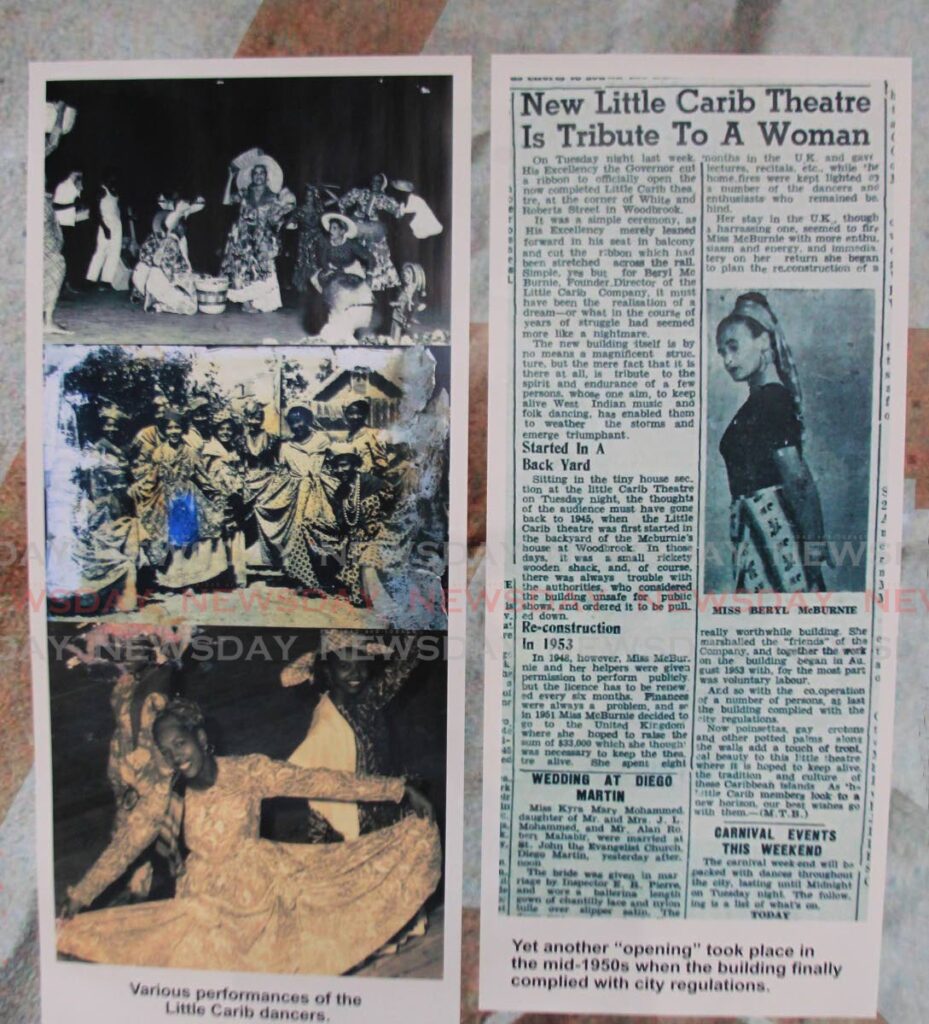
McBurnie’s strengths were also her faults: she wouldn’t take no for an answer, or her theatre would never have been built; but it was her theatre, and she actively sabotaged attempts to improve its shaky bank balance and makeshift physical state by supporters who had the patience, managerial skill and financial savvy to do so.

But McBurnie was almost always willing to make the space available to a range of creative artists who got their start at the Little Carib, and as Dumas put it, had the borders of their imaginations expanded there. Dumas named some of the best-known: Derek Walcott, who founded the Little Carib Theatre Company, later the Trinidad Theatre Workshop; Minshall, whose first mas camp it was. Musicians who frequented the theatre included Andre Tanker and Ray Holman; and Invaders, for a time the house steelband, in the days when panmen were still scorned as badjohns. Tent Theatre founder Ellen O’Malley Camps (then known as Helen Camps) began there with Walcott’s troupe. There was the Baggasse Company, which nurtured directors Christine Johnston and Mervyn de Goeas, as well as Wendell Manwarren of rapso group 3canal, who have helped numerous other musicians get a foot on the ladder, while Manwarren has also taught generations of actors.
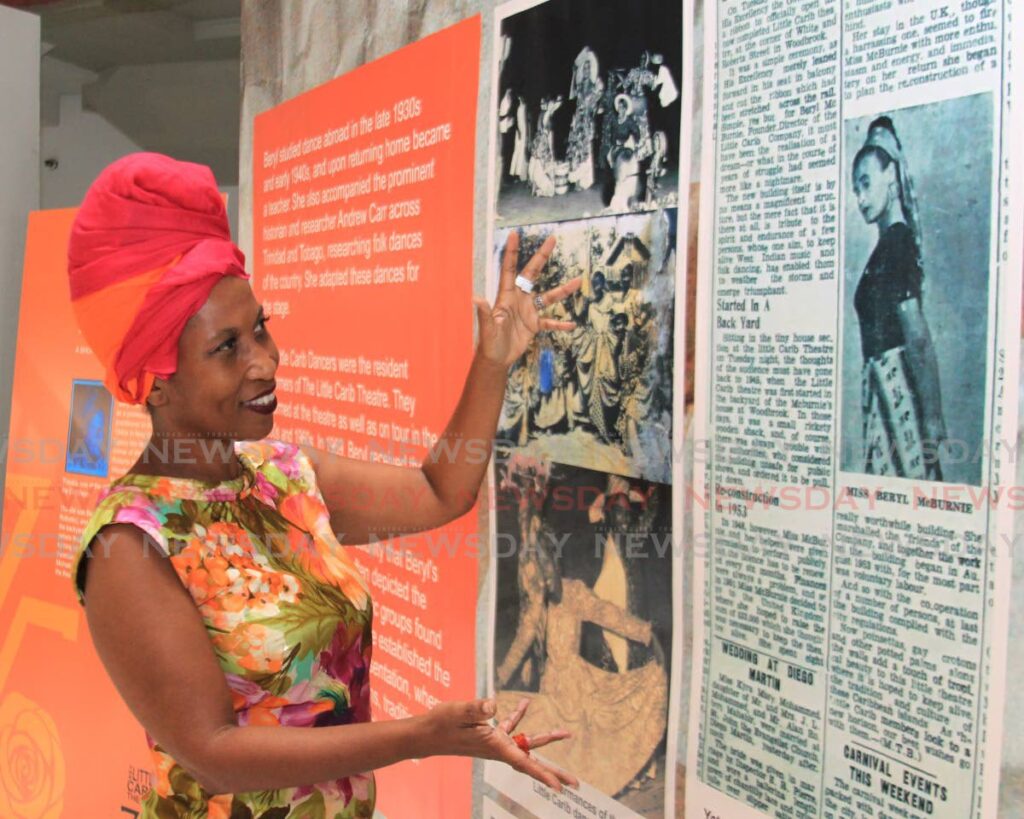
“There’s nothing like quite a live performance,” said Dumas, “for intimacy, warmth, magic.” The Little Carib was the venue for many, but also (partly as a result of McBurnie’s eventual decision that dance must take precedence in her theatre) spawned other such performance spaces. These alternatives were often custom-built and more comfortable and expansive (the Little Carib was first McBurnie’s mother’s back yard, then took over the site of the house too). Camps’s Tent Theatre, the late Raymond Choo Kong’s Space Theatre, the Central Bank Auditorium, the National Library itself, NAPA, the Big Black Box and Sound Forge, among others, all in turn became preferred venues for various performing arts.
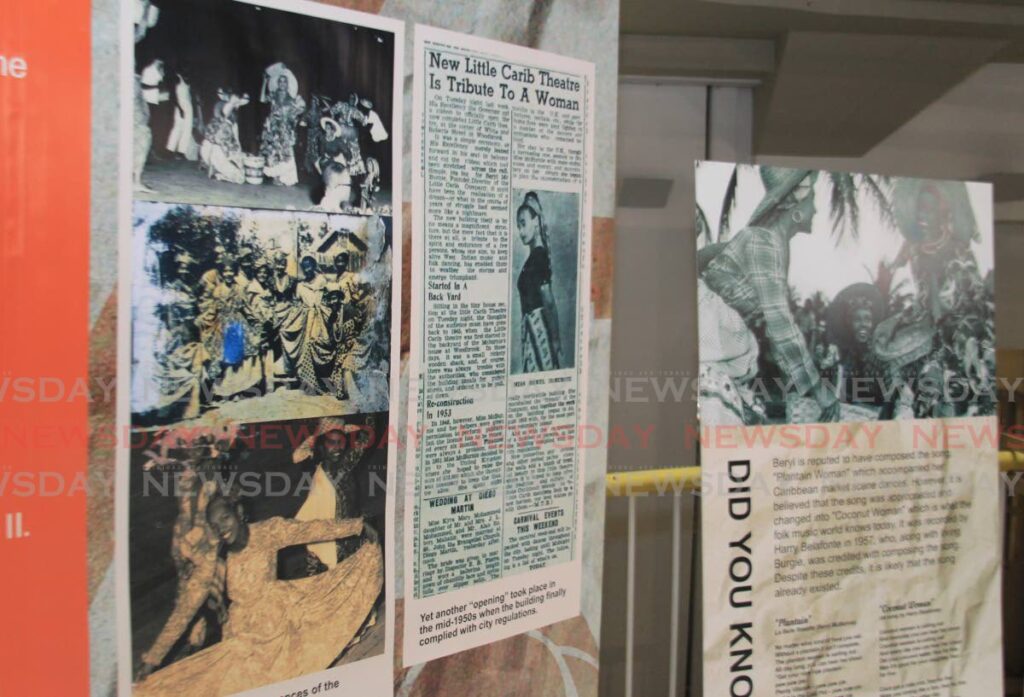
One of the display panels shows Short Pants, MC of a vintage calypso show held this year at the theatre, which it said “continues to be the home of all kinds of performances.” But such performances are infrequent (when did you last go to a show there?), and the theatre has no resident dance or theatre company of its own.
The Little Carib remains a model for independent theatres throughout the region, and Dumas says there are plans to use it to teach theatrical skills such as lighting, sound and stage management.
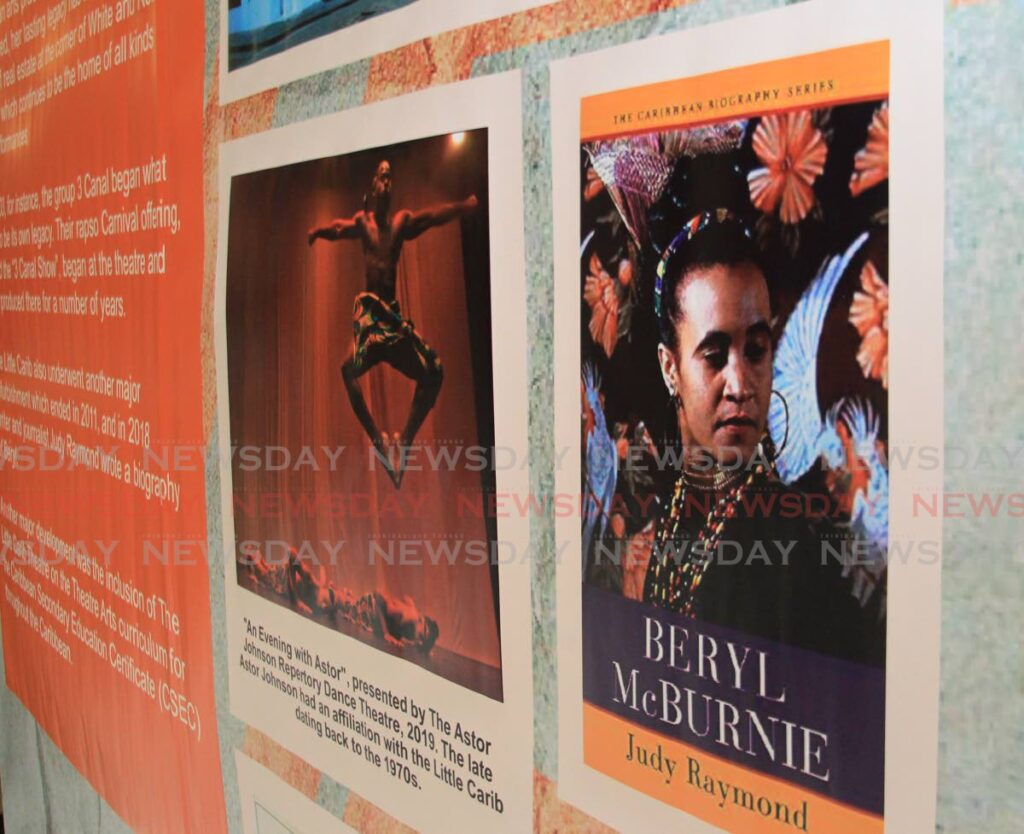
But she also admitted that it is “imperilled as ever, thanks to covid,” and is asking for donations. A government takeover or subvention isn’t the answer: that can be the kiss of death for the arts, tempting them to sink into stifling and complacent apathy if they don’t need to earn their keep, and, conversely, risking having their financial umbilical cord cut if they’re subversive.
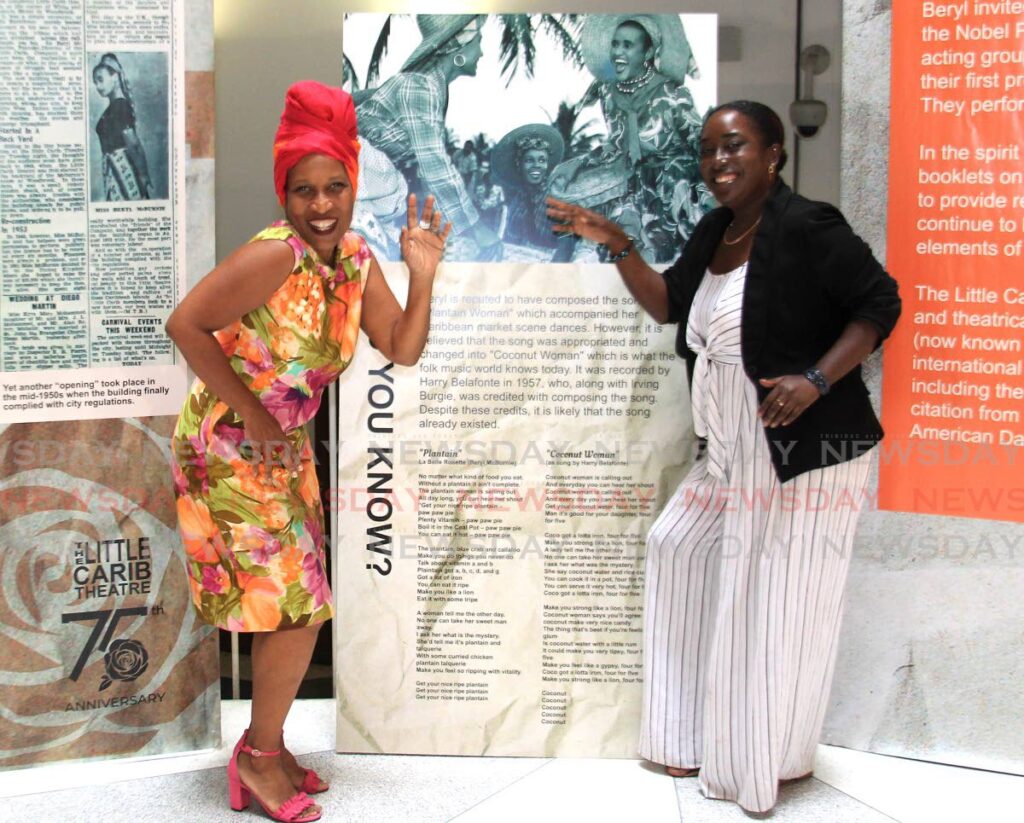
Perhaps the theatre needs another visionary, though the story of Beryl McBurnie is in some ways a cautionary tale. But in the meantime, this gallop along the wild ride of McBurnie and the Little Carib is a useful reminder of the way, as David Rudder once put it, the arts in this country have always succeeded – “in spite of.”

The Little Carib exhibition runs at the atrium of the National Library, Abercromby Street, Port of Spain, until March 18.
Judy Raymond is the author of Beryl McBurnie, one of the UWI Press series of Caribbean Biographies.


Comments
"75 years of Little Carib Theatre on show at Nalis"